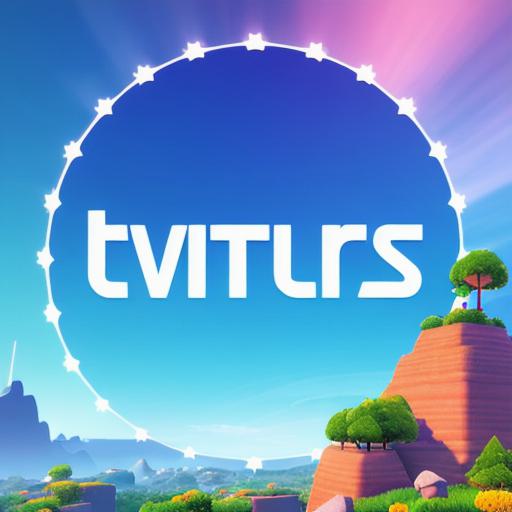Introduction
The rise of web3 technology has brought about a paradigm shift in how we interact with each other on the internet. With decentralized social networking platforms, users can have more control over their data and privacy. In this article, we will explore how web3 technology is revolutionizing social networking and what developers can expect from this emerging field.
Web3 Social Networking Platforms
One of the most popular examples of a web3 social networking platform is Decentraland. This virtual world allows users to create their own avatars, buy land, and build structures within the platform. All transactions on Decentraland are processed through smart contracts, ensuring transparency and security.
Another example of a web3 social networking platform is Steemit, which uses blockchain technology to reward users for creating quality content. Users can earn STEEM tokens, which can be used to tip other users or purchase goods and services within the platform.
Benefits of Web3 Social Networking Platforms
There are several benefits to using web3 social networking platforms. For one, users have more control over their data and privacy. Decentralized platforms do not store user information in a central location, making it much harder for hackers to access this data. Additionally, users can choose which data they share with others within the platform.
Web3 social networking platforms also offer greater decentralization and censorship resistance. Because all transactions are processed through smart contracts, there is no need for intermediaries or central authorities to manage these transactions. This allows for greater freedom of expression and the ability to reach a wider audience without fear of censorship.
Case Studies in Web3 Social Networking
One example of a successful web3 social networking platform is Dfinity, which uses a unique consensus algorithm called the Delegated Proof-of-Stake (DPoS) system. This allows for faster and more efficient processing of transactions, making it an ideal platform for gaming and other applications that require real-time processing.

Another example is the blockchain-based social media platform, Swarm City. This platform allows users to create their own decentralized applications (dApps) within the network, giving them greater control over what they do with their data.
Future of Web3 Social Networking
The future of web3 social networking is bright, as more and more people become aware of the benefits of decentralized platforms. As these platforms continue to evolve and improve, we can expect to see even greater decentralization and censorship resistance in the years to come.
Conclusion
Web3 technology is revolutionizing social networking, giving users greater control over their data and privacy. With platforms like Decentraland and Steemit leading the way, web3 social networking is poised to become a major force in the digital world. As a developer, there are many opportunities to get involved in this exciting field, from building decentralized applications to creating new and innovative ways for people to connect online.
